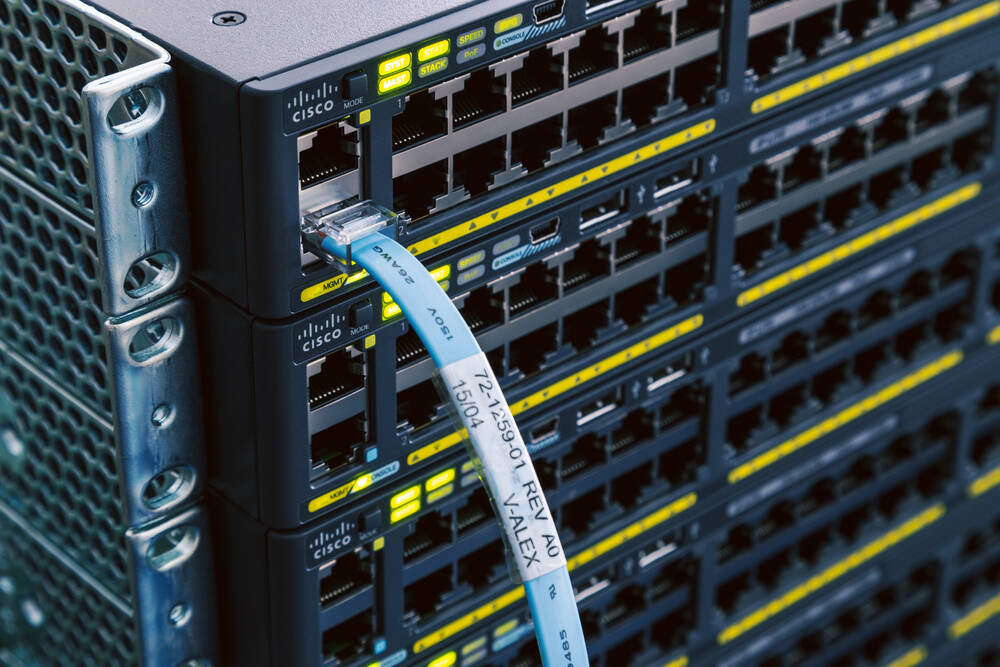IT Phone Home: How To Run Up A $20K Bill In Two Days And Get Away With It By Blaming Cisco

Who, Me? Gentle reader, once again it is time to cushion your landing into the working week with Who, Me? – The Register's weekly chronicle of people having a worse day than you. Hopefully.
This week meet a man we'll Regomize as "Elliot" whose story comes from a long-ago almost forgotten time when ISDN was the latest and greatest way to send data long distances at speed.
A refresher: ISDN was often mocked as standing for "Integrated Still Don't kNow, but the Integrated Services Digital Network offered blazing-fast speeds up to 128 kilobits per second. Yes, per second. Can you even believe such a magnificent thing was posisble?
Unfortunately, Elliot tells us, in the golden age of ISB all that speed came at a cost. Providers would charge flagfall per call and also charge for the length of the call. That's OK – cost of doing business, you know – but only if everything works as it's supposed to.
Say, for instance, your enterprise is using an ISDN line as backup for if its dedicated WAN fails over. If everything is configured correctly, the WAN fails, the ISDN springs into action and connects, and the IT guy fixes the WAN and switches it back. ISDN goes back into standby node and nobody even notices there was a problem.
If things are not configured correctly, the WAN fails, the ISDN springs into action, fails to connect, tries again, fails again, tries again … you get the picture.
The rig Elliot oversaw could do that twice per second, at five cents flagfall per connection attempt. If no-one stops it, it can keep doing that for a weekend. You can imagine how it can add up.
- Techie wiped a server, nobody noticed, so a customer kept paying for six months
- Don't worry, that system's not actually active – oh, wait …
- Backup tech felt the need – the need for speed. And pastries and Tomb Raider
- A tip for content filter evaluators: erase the list of sites you tested, don't share them on 100 PCs
Elliot doesn't have to imagine, because he twice – twice! – witnessed such "ISDN storms" and saw bills in excess of $20,000 as a result. Not a fun Monday at all.
Naturally, his verdict each time was that it was a fault in Cisco's IOS, and that an upgrade was clearly required.
Smooth.
Less easily excused was a colleague of Elliot's, who realized that a customer's 56K leased line between the US and Germany wasn't nearly as fast as the ISDN backup line (56 being notoriously less than 128).
This colleague would deliberately switch over to the ISDN (which was meant as a backup) every time he felt he needed faster internet access. Flagfall was not so much an issue, but the international ISDN calls at four dollars a minute added up pretty quickly.
At least that one wasn't Elliot's fault.
Ever managed to create a ridiculously enormous bill with a seemingly trivial mistake? Don't worry, we're not here to judge – we just want to tell everyone about it. Drop us one of those newfangled email things to Who, Me? and we'll use your misfortune to brighten everyone's Monday. ®
Taking Flight: Volocopter's Quest To Revolutionize Urban Mobility Gains Momentum
Volocopter, a pioneering company in the field of urban air mobility, is on a mission to transform how people move around... Read more
OnlyFans Under The Microscope: Addressing Concerns Over Child Safety
Concerns Over Child SafetyOnlyFans' ResponseRegulatory ActionsCollaborative EffortsFuture DirectionsConclusion Read more
The AI Arms Race: Big Tech's Bid For Dominance In Artificial Intelligence
In the rapidly evolving landscape of technology, the race for dominance in artificial intelligence (AI) has intensified ... Read more
Decoding The Impact Of OpenAI's Sora Video Model On Industries And Jobs
In the realm of artificial intelligence, OpenAI's Sora video model stands out as a groundbreaking innovation, promising ... Read more
Apple Poaches Top Talent From Google To Strengthen AI Team
As artificial intelligence (AI) continues to shape the future of technology, companies are intensifying their efforts to... Read more
Meta's Bold Move: How Chatbots Are Reshaping The Tech Landscape
In a strategic pivot that has sent ripples across the tech industry, Meta has embarked on a bold journey into the realm ... Read more

